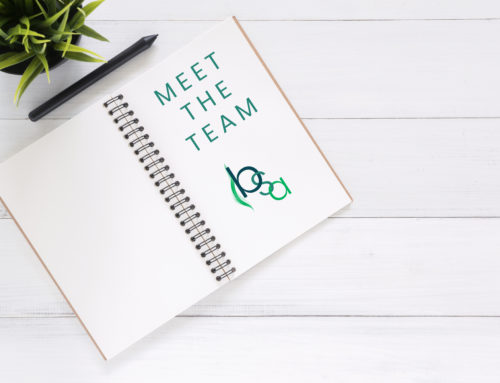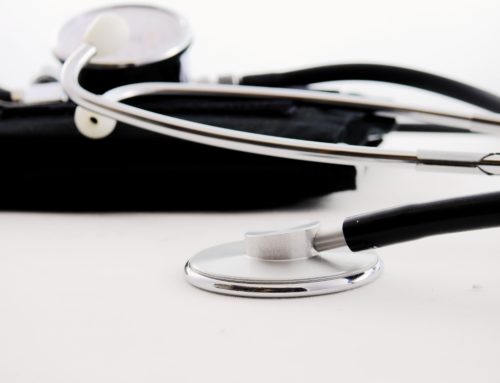By now we should all know the importance of checking our breasts regularly. No matter your age, size or shape, it’s crucial to be aware and examine your breasts regularly. A big question for those with implants is how to examine your breasts for signs of cancer after implants.
Regardless of whether or not you have implants, it’s vital to know your breasts. As daft as it may sound, knowing your breasts could save your life. By knowing what’s normal for you, spotting anything irregular is far easier. Breast cancer is the most common cancer in the UK, so it’s important to look after your breasts by checking them regularly.
It’s important for those that have chosen to have breast implants to be able to identify their implants and residual scar tissue when performing their frequent self-examinations. It is useful to have your surgeon to help show you the implants and it’s edges, so you know exactly what it is you are feeling.
There are a few things to consider when self-examining of your breasts. The first being that you should not examine your breasts whilst you’re still within the healing stage, up to 6 weeks post-operation. If you are unsure we advise you speak to your surgeon to ask when they feel is appropriate for you to start examining yourself. You should also be aware not to examine when your breasts are tender and/ or swollen, which tends to be when you are menstruating. It is also worth noting that some implant placements can push out the breast tissue, which can help make the breast self-examination easier.
What exactly am I looking for?
– A painless, hard lump or mass that has irregular edges
– Redness
– Swelling
– Dimpling or puckering of the skin
– Changes to the nipple:
–inverted, discoloured or discharge
– Pain in your breast
– Skin that bruised
If you are worried that you may be experiencing any of the above symptoms then please do contact your GP and seek the appropriate medical advice.
How to examine your breasts for signs of cancer after implants?
- Lie down and put one of your arms underneath your head. Use your alternate hand to examine your breast. Holding your 3 middle fingers straight, move lightly in small circular movements over the whole breast, feeling for lumps or thickening tissue. Use a differing amount of pressure, ensuring not to press too hard or squeeze. Ensure to check the entire breast from your collarbone down below the breast to your rib cage, switch arms and repeat on the other breast.
- Next stand in front of a mirror looking at your breasts, with both hands on your hips. Look for any lumps, changes in size and/ or shape. Any changes to the skin or nipple as described in the list above.
- Lift one arm at a time and check your armpit the same as you did your breasts.
- Finally, squeeze each nipple gently using your thumb and index finger, checking for any discharge from the nipple.
Can I have a mammogram with breast implants?
In short, yes.
A mammogram is a screening that can look deep into the breast tissue. The scan can recognise a lump well before it can be felt. Many with implants often worry about the screening as your breasts are subject to hard compression. Therefore, you must disclose the fact you have breast implants with the technician and your GP. Your implants are more than capable to withstand the pressure of the mammogram.
Having a yearly mammogram is advised for those 50+ and every 2 years for women between the ages of 40 and 50. However, this can vary depending on medical history so please do speak to your GP if you’re unsure.
The main message is you can never be too safe! If you’re unsure, speak to your GP. No matter how small it may seem!





